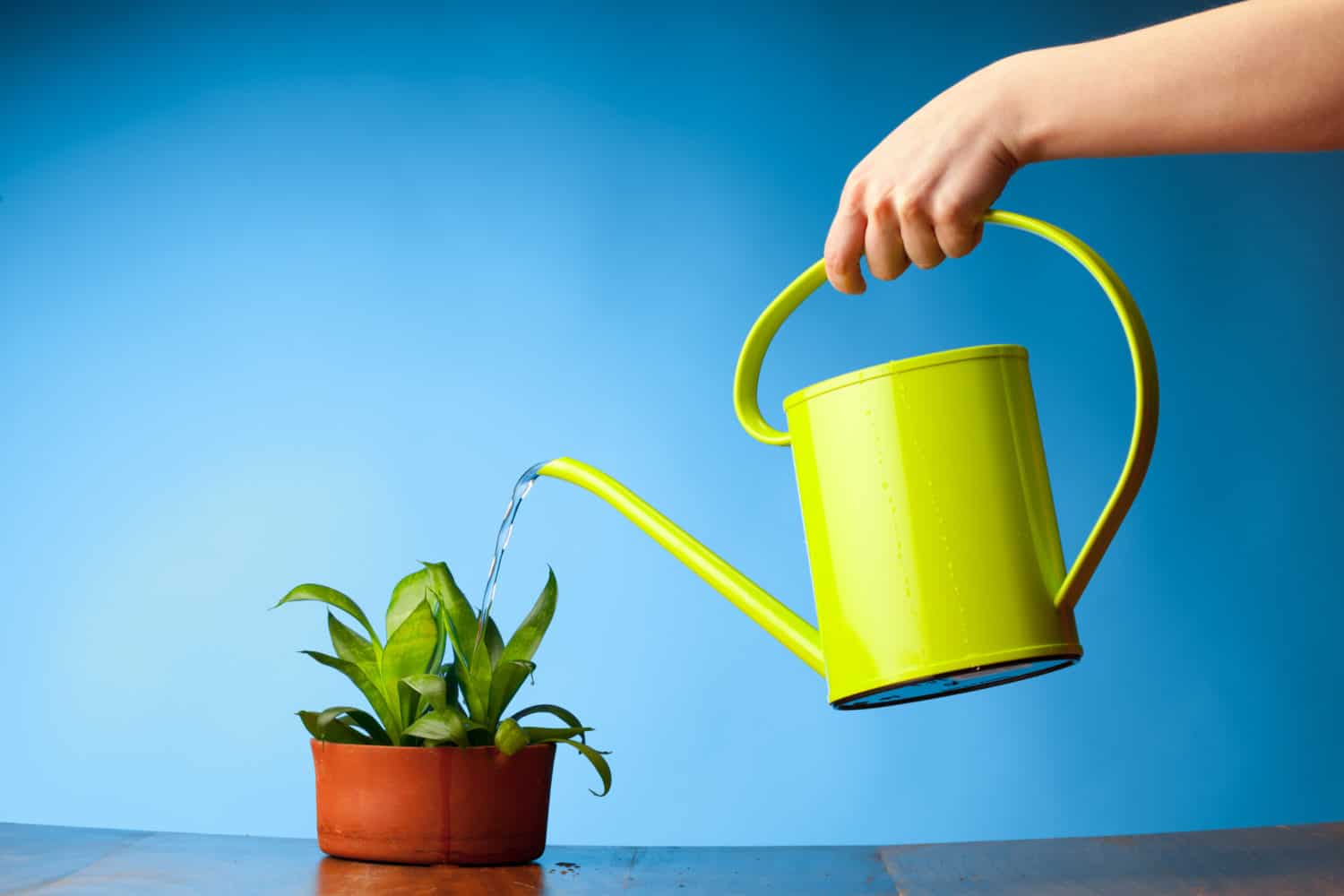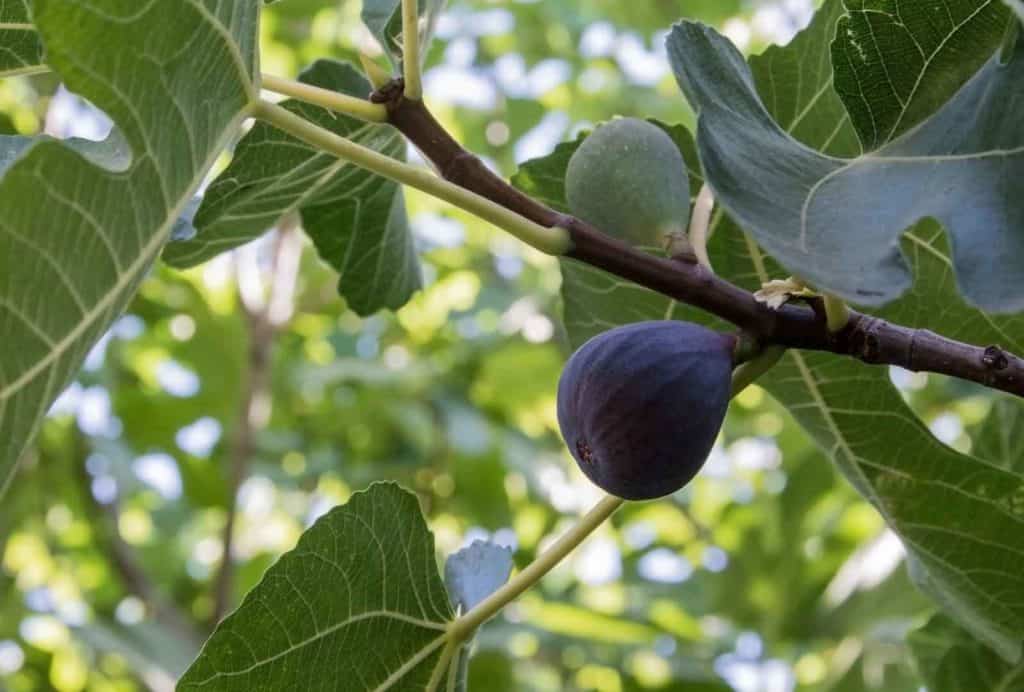Watering your garden is a no-brainer, but telling how often you should do it isn’t so straightforward. This seemingly simple task can be so perplexing at times. But your plants need the right amount of water to be healthy. To avoid under-or overwatering your plants, read through this guide.
The following variables determine how often you should water your plants:
- The type of plant
- The type of soil
- The weather conditions in your area
- Whether the plant is full-grown or a young seedling
- Whether it is an outdoor or indoor plant, in the ground, or in a pot
Contents
Know Your Plants
How often you should water your plants depends on the types of plants you have, but most of them don’t require water every day.
For instance, rainforest plants expect daily drenching, so you should water them every day. But daily watering does more harm than good when it comes to most other plants. Too much water can lead to plant disease.
Outdoor Plants
Outdoor plants need water once or twice a week, or when the soil is dry. If the soil is dry on the surface, it doesn’t mean that the area around the roots is dry as well. You should always check the moisture of the soil before watering your plants. See my post on the best flowering plants for hanging baskets as well.
Indoor Plants
Because there are thousands of plants that can grow indoors, figuring this one can be tricky. Each houseplant has different preferences and needs.
To determine the type of care your houseplants, you need to monitor their behavior. For instance, you should be on the lookout for yellowing, leaf drop, or wilting (a sign of water stress). Here are a few examples:
Peace Lily
If you have Peace lilies, it’s best to wait for the soil to dry well before you water them. But you mustn’t let the soil dry out fully. If you do, the plants will wilt.
Succulents
To prevent water loss, succulents can adapt to store water. Before watering succulents, you should let the pots dry out completely.
Phalaenopsis Orchids
The biggest reason people struggle with Phalaenopsis Orchids is overwatering. Before watering, wait until the roots are silvery-white and the potting media is dry. When the leaves are dehydrated, they will droop and become wrinkly.
Nerve Plants
Once the top of the soil dries out, water your nerve plants regularly. These plants need consistently moist soil in order to thrive. But overwatering can lead to root rot. So, before watering again, you should ensure the soil is just slightly moist.
Rubber Plants
Generally, you should water rubber plants during the growing season and once every two weeks during winter. But, this doesn’t mean you should stick to a strict schedule—you should assess your own plant. Water them once the top inch of the soil becomes dry.
Prayer Plants
Due to their particular water requirements, taking care of prayer-plants can be more difficult. You should keep the soil constantly moist, not soggy, and you should use a well-draining potting medium. At all times, the top of the soil should be slightly damp.
Avoid watering houseplants with treated softened water. Most softeners release sodium into the water.
This sodium won’t cause damage to your plants right away, but, over time, it will negatively alter the mineral makeup of the plant’s soil.
To minimize the amount of sodium you introduce to the soil, it’s best to fill your watering can at an outdoor spigot.
Pots Without Holes
You’re not doomed to failure if you have pots without drainage holes, but you will have to do things a bit differently. Excess water can’t escape when there are no drainage holes. If too much water builds up, your plants will drown.
You need to give your plants just enough water, without saturating the soil. This often means watering a little more often but adding less moisture each time you do it.
To ensure that there isn’t too much water in the pot, you should probe the soil deeper with your finger every now and then or use a moisture meter.
All of this said it is better to put houseplants in pots that have draining holes. Well-drained soil helps houseplants grow and thrive. If you can, re-pot all of your plants into containers with drainage holes.
Check the Soil
When it comes to gardens, generally, you should give your plants an inch or two of water every week or every two weeks. But, if you want to give your plants the best possible care, you should consider all the factors that can affect the watering frequency, and not just stick to a schedule blindly.
Sandy soil doesn’t hold water as well as heavier clay soil. The more clay content the soil has, the better it is at retaining water.
This guide from USDA can help you determine what type of soil you have in your garden. Alternatively, you can use a soil testing kit.
Check the soil before watering your garden. If it is soggy or wet to the touch, you don’t need to water them. You can also use a moisture meter to prevent overwatering. A moisture meter is a simple device that allows you to keep track of irrigation and precipitation output.
To ensure optimum levels of water retention, you should apply much. In addition to helping you get rid of weeds, much helps the soil conserve precious moisture. On that note, check out our guide on how to get rid of weeds permanently.
Luster Leaf 1605 Digital Soil Test Kit
No products found.No products found.
Gouevn Soil Moisture Meter
No products found.No products found.
Don’t Drown Your Plants
Watering your plants thoroughly doesn’t equate to drowning them. Your plants need oxygen in order to thrive. When the soil is completely wet, there is no room for air between the soil particles.
It’s important to water your plants the smart way. Water your plants at the soil level. You will ensure the water gets where it’s needed the most (the roots) by directing water at the base of the plants.
To ensure healthy growth, soak the soil slowly but deeply. One of the easiest ways to do this is to wind a soaker hose between plants in your vegetable or flower bed.
Be careful not to water the leaves. Getting the leaves wet can make them more desirable for insects or lead to plant disease. If you want to clean the leaves, use a paper towel.
It’s best to use a watering can to water houseplants. If you use a carafe or drinking glass, water can easily splash all over the flowers and leaves, or you may spill all the water into the pot by accident. A watering can allows you to water your plants slowly, right at the base.
Bloem Easy Pour Watering Can
No products found.No products found.
Mind the Seasons and the Weather
You may need to water your plants more often in the summer when the weather is hot, sunny, and dry. For most houseplants and outdoor plants, this usually means once or even twice a week. When it comes to small succulents, you should water them every two weeks or so.
You should water outdoor plants every two or three weeks if there are frequent rain spells in your area. If you want to grow dryland varieties, but your garden is getting lots of showers, it’s a good idea to put them in pots and place them somewhere where they’ll be sheltered from the rain.
Temperature
Outdoor gardens can handle any water temperature. Houseplants, on the other hand, prefer tepid or warm water. Coldwater doesn’t absorb into the soil as well as warm water.
When it comes to houseplants, you should also monitor the temperature of the room. The hotter it is, the more water your houseplants will need. Take note of the heat during the winter and the air conditioning in the summertime.
Chances are, you will need to water your houseplants more often in the winter. Plants usually require more water during winter because the air becomes drier. Be careful not to set your thermostat too high because heat can easily damage houseplants.
Lighting
You should always pay attention to the amount of light your plants are getting. Plants in low light require less water than plants in bright daylight.
Light encourages plants to flourish. But, too much light can cause the plant to droop and dry out. Different species require a different amount of sunlight, so it’s important to watch out for these signs.
Water Plants in the Morning
It is best to water your plants in the morning when the soil is cool. If you water your plants in the morning, the soil absorbs enough moisture to withstand the heat of a hot summer day. Moreover, the water won’t evaporate too quickly because of the heat, so it will get a chance to seep down the roots.
If you water your plants in the morning, they will dry off by evening. If you water your plants too late in the day, after the sun goes down, the moisture on the foliage won’t get a chance to evaporate.
Trees Need Water, Too
If you have planted trees in your garden recently, you should water them two to three times a week for the first month. During their first growing season, you should water them once a week.
Established shrubs and trees don’t require a lot of water. After two years, you should water them only twice a month during the growing season—and this only goes if there isn’t enough rainfall.
While you’re here, you might want to read my post on How to Prune a Fig Tree as well. And if you have a dog, make sure to check out my post about dogs and flowers.







